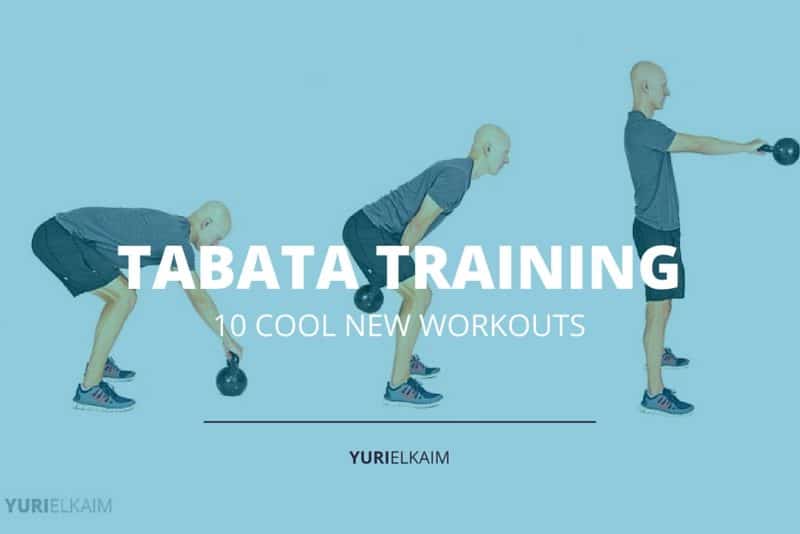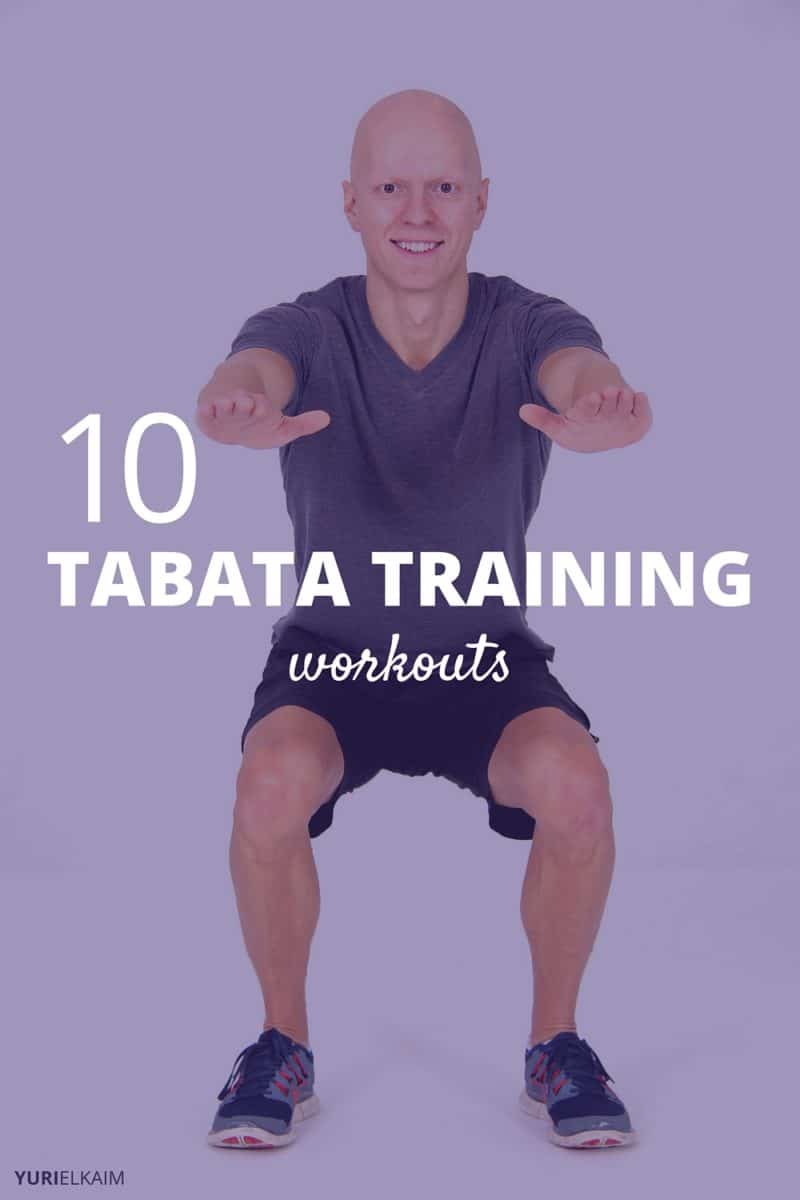In this article
Fact: most people get cardio all wrong. However, if you’ve been following my advice for some time then you know the smarter way to train, don’t you?
When most cardio junkies set out for a run or claim a treadmill at the gym, their workout consists of a long, boring slog at a constant speed.
Why is this form of cardio “wrong?”
Well, it’s not inherently wrong, it’s just a waste of time and somewhat dangerous for your hormonal health. That’s why I am such a huge proponent of interval training workouts.
[Related: 6 Workout Mistakes to Avoid if You Really Want to Burn Fat]
Most of the time, when people give hours and hours of their time to long, slow cardio, they’re doing so under the false assumption that this is the best way to burn calories and get rid of any excess body fat.
The truth, however, is that long duration cardio is actually pretty terrible at accomplishing that goal.
For one thing, your body adapts to stimuli very quickly – generally within about 2 weeks – meaning that you will have to continually dedicate more time to your cardio in order to achieve the same results. But those long workouts aren’t just inefficient, they can even be counterproductive.
Let’s not forget that, no matter how much you love it, exercise puts stress on your body. Ideally, this would be just enough stress to trigger improvements in your muscles and cardiovascular system.
When your workouts are too intense for too long, however, your body thinks that something is wrong and produces dangerously high levels of the hormone cortisol (1).
In small amounts, cortisol is fine – but when levels get too high over time, the opposite happens. Your body starts to store abdominal fat and be stingy when it comes to how its calories are used.
The trick to cardio, then, is to stick to short bouts of High-Intensity Interval Training (HIIT).
There are tons of different interval training workouts out there, using different protocols to string together various exercises. The general idea, however, is to go all-out for brief stints and break them up with periods of active recovery.
No matter which form of HIIT you use, there is a significant body of research stating that it can burn more fat in less time (2).
Interestingly, HIIT also spares muscles – something that slow cardio can’t claim – since it boosts both growth hormone and testosterone, which means that it’s a better way to sculpt and maintain a healthy physique.
When it comes to time management, however, Tabata interval training is king.
What is Tabata Training?
Created in the late 1990s by Japanese Olympic Speed Skating Team head coach Irisawa Koichi and tested by his training coach, Izumi Tabata, this form of training was originally designed to be done on a cycle ergometer.
But since then it has been adapted to include just about any exercise you can imagine.
Generally speaking, anything can be a Tabata workout if it uses this basic format:
- Work at maximum effort for 20 seconds
- Recover for 10 seconds
- Repeat for 4 minutes
- Rest for 2 minutes
- Repeat for 20 minutes total
In the original studies carried out in 1996 by Tabata himself, the subjects saw huge increases in both their power and endurance after just 12 weeks on the program (3).
Since it’s usually assumed that you cannot train both of these aspects of fitness in one workout, this was a pretty big deal.
A more recent study conducted by the American Council on Exercise not only looked at the performance benefits of Tabata interval training but also at what it can do for weight loss (4).
So, how many calories does Tabata training burn? On average, the subjects burned about 15 calories each minute while going through the routine, with some even getting close to 20 calories down every minute.
You Are in Charge of Your Training Intensity
Who is Tabata training for? Clearly, it’s a fairly challenging protocol and was originally designed for Olympic-level athletes.
Is it off-limits to the rest of us, then?
Not really. Since Tabata training is so adaptable, you can pretty easily adjust it for your fitness level and abilities. Remember, you have control over both how quickly you run through each rep and what type of exercise you use.
It’s important, then, that you exercise your right to choose here.
While Tabata does require an all-out effort, you have to listen to your body and not try to go beyond your realistic abilities.
Tabata Training is an Awesome Workout Finisher
You might also have noted that, in the original studies, Tabata training could last just four minutes – going through the work/rest routine just once. Although this is a viable option, it shouldn’t be your entire workout.
Does this sound familiar?
You’ve just finished your strength-training workout but you still feel like you could do a little more. You love the idea of squeezing in a little something extra to help you progress toward your fat loss goals, but cardio is the last thing you want to do.
This situation is exactly when to use Tabata training in its four-minute form: simply tack it on at the end of your workout to completely finish you off.
How to Use Tabata Training
Okay, so Tabata training is great. I think we’ve made that pretty clear.
But how do we put this into action?
Here are 10 cool new ways to add Tabata training to your regular workouts for faster fat loss.
Again, these workouts can either be four-minute finishers or – if you’re feeling crazy – you can repeat the entire circuit below for 20 minutes. Some of these workouts simply consist of one exercise. Perform that lone exercise in the Tabata rhythm.
When more than one exercise is included, perform one for 20 seconds, rest for 10, then move on to the next exercise.
- Beginner Lower Body – Bodyweight squats
- Beginner Upper Body – Push-ups (whatever variation works for you)
- Beginner Full Body – Burpees with a push-up at the bottom
- Intermediate Lower Body – Jump squats
- Intermediate Upper Body – Pull-ups (20 seconds), rest (10 seconds), push-ups (20 seconds), rest (10 seconds)
- Intermediate Full Body – Bodyweight squats (20 seconds), rest (10 seconds), reverse lunges (20 seconds), rest (10 seconds), mountain climbers (20 seconds), rest (10 seconds), push-ups (20 seconds), rest (10 seconds)
- Advanced Lower Body – Box jumps
- Advanced Upper Body – Pull-ups (20 seconds), rest (10 seconds), push-ups (20 seconds), rest (10 seconds), dips (20 seconds), rest (10 seconds), burpees (20 seconds), rest (10 seconds)
- Advanced Full Body – Kettlebell swings (20 seconds), rest (10 seconds), kettlebell thrusters (20 seconds), rest (10 seconds), kettlebell renegade rows (20 seconds), rest (10 seconds), kettlebell cleans (20 seconds), rest (10 seconds)
- Cardio – Sprints OR Jump rope OR Cycle OR Rowing machine.
I think you’ll love the fast results you’ll get from these workouts, both in terms of fat-loss and your overall conditioning and performance. And not only that, but think of all the time you’re saving!
What Next?
Did you enjoy this article on Cool New Ways to Use Tabata Training for Faster Fat Loss?
You might also like my free Interval Speed Burst Workout. It’ll help you burn more fat (and faster) than doing regular cardio, while also improving your cardio endurance. Click the banner below to get it for FREE.


